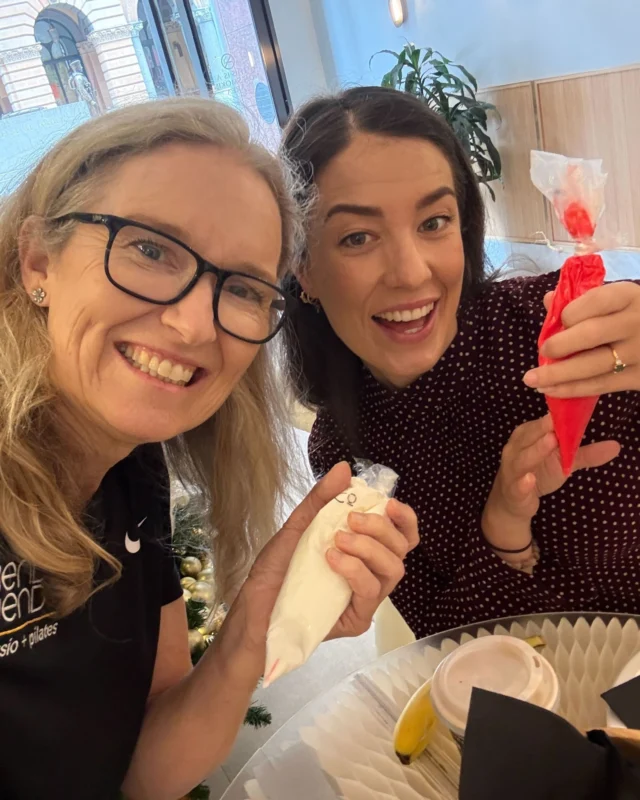Dry needling has been growing in popularity for a long time for its pain-relieving abilities. Dry needling can be used as one type of manual therapy, like soft tissue release or joint mobilisation, and will often form part of a larger management plan.
During dry needling, a practitioner will insert multiple fine, short, stainless steels needles into a patient’s skin and muscle. The needling is considered ‘dry’ because no fluid is withdrawn from, or injected into, the tissue. Unlike acupuncture where the needles are inserted into designated points of the body, dry needles will be inserted into myofascial trigger points, which are different for each person. Myofascial trigger points are hyperirritable spots of skeletal muscle that can be sensitive to the touch. To increase the intensity of the treatment, practitioners may ‘wind the needle up’ while it is resting in the tissue or remove the needle slightly and re-insert it at varying angles, termed ‘pitoning’ or ‘pecking’.
Dry needling has been proposed to cause multiple changes to the targeted tissue. When the needles are inserted into the tissue, they can illicit what we a call a ‘local twitch response’. This is an involuntary reflex of the localised muscle fibres and can cause a change in the length and tension of the muscle fibres and provide pain relief. Dry needling has also been proposed to increase blood flow to the muscles. When the needle is inserted into the tissue, it causes the blood vessels to become dilated which increases the oxygenation levels of the tissue. This in turn promotes recovery and provides symptom relief.
Dry needling is mostly comfortable, however some patients can find the muscle twitching slightly unpleasant. It is common for minor bleeding, bruising and temporary tenderness to appear around the treatment site after needling.
As mentioned above, dry needling can be effective for short term symptom relief and is another tool in a physiotherapist’s toolbox. However, it should always be used as part of a robust management plan, which includes exercise-based therapy. If you are interested in receiving dry needling as part of your treatment, please call Bend + Mend and we will be able to arrange an appointment with the right Physiotherapist.





